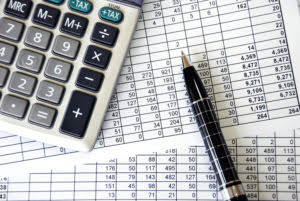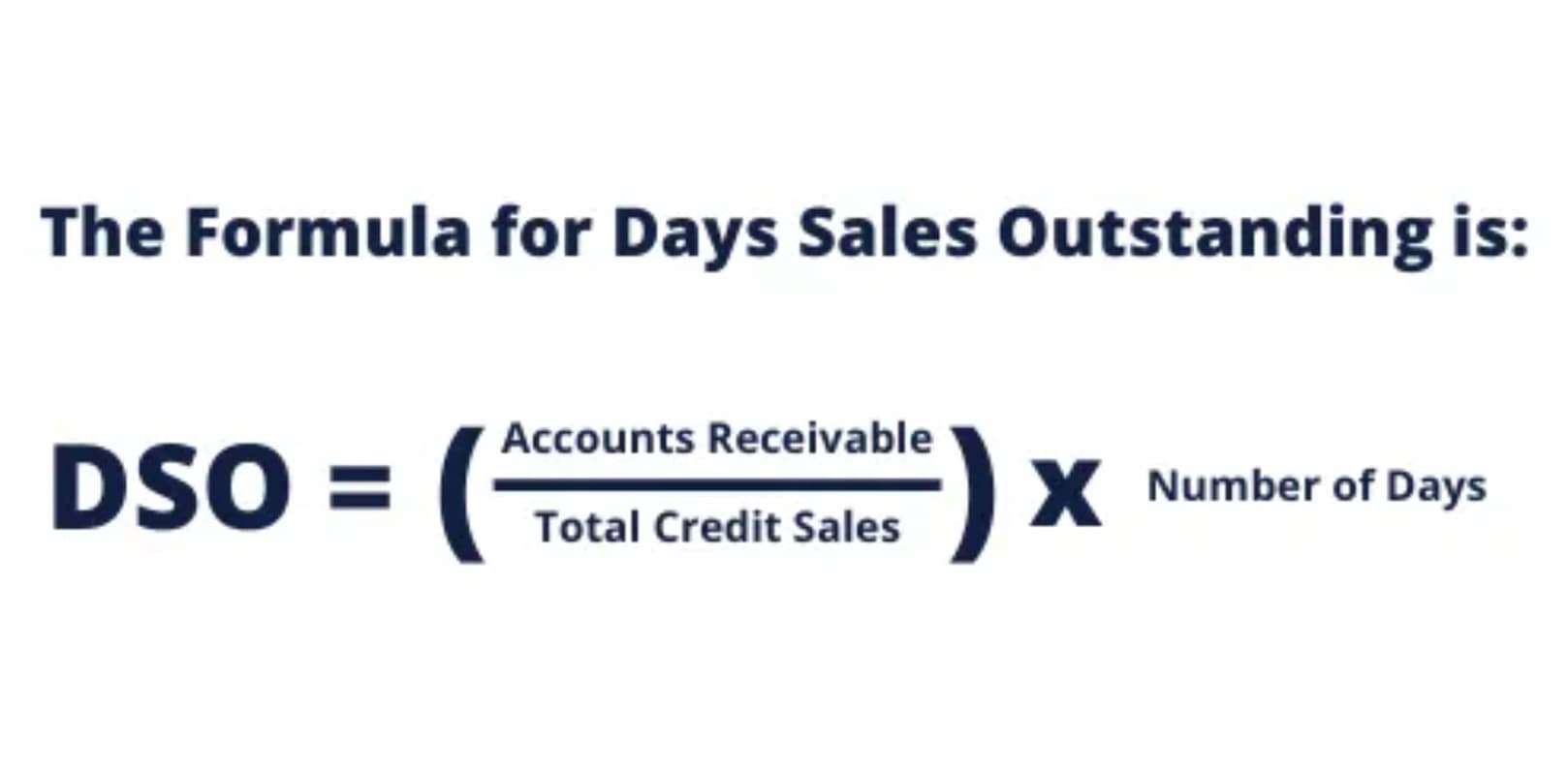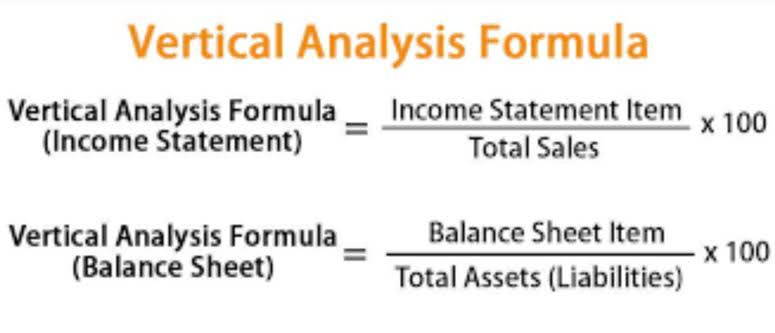Period Costs What Are These, Formula, Accounting & Types

Its intuitive interface and built-in AI capabilities make it incredibly straightforward to perform complex computations, including the calculation of total period costs. Sourcetable also offers the unique feature of experimenting with AI-generated data, ensuring a more versatile data analysis experience. Calculating total period costs facilitates the preparation for audits by providing a clear breakdown of non-production expenses.
- Freight costs would be considered a product cost if the freight is to ship direct materials to the factory for production.
- The type of labor involved will determine whether it is accounted for as a period cost or a product cost.
- These are more like ongoing business expenses, not tied to a particular product but necessary for keeping the lights on.
- Or, maybe your customers aren’t willing to pay that much for your product.
- The Management accountant has to carefully evaluate the time cost and check whether the same will form part of an income statement.
Understand the scope of the project
This mixing makes it impossible for managers to know the current period expense of manufacturing the product. First-in, first-out (FIFO) costing addresses this problem by assuming that the first units worked on are the first units transferred out of a production department. Also termed as period expenses, time costs, capacity costs, etc these are apportioned as expenses against the revenue for the given tenure.

Why is it Necessary to Keep Track of Period Costs?

The period cost is important and a necessary thing to keep track of because it allows you to know your company’s net income for each accounting period. Keeping track of the period of cost is also important for filing accurate business taxes and for preparing for an audit. Tracking period costs will also help a business balance its budget and gain savings. It will also allow a business to focus on growing and controlling direct costs. The type of labor involved will determine whether it is accounted for as a period cost or a product cost.
Related AccountingTools Course
Before you even begin developing a product, you need total period cost formula a clear plan for what you’re building. Without a project plan or product roadmap, it’s hard to make sure all stakeholders and teams are on the same page. By aiming to create a useful product with minimal features, you can avoid spending too much time and money on features that may or may not resonate with your target market.
Cost Control Strategies: Managing Overhead and Fixed Expenses

Understanding the Total Period Cost is vital for businesses to evaluate the proportion of their spending that does not directly contribute to production. This insight can lead to more efficient cost management and allocation strategies, ultimately impacting the company’s profitability. Let’s say you’re considering hiring more staff to handle the increasing number of orders. By looking at period costs, you can evaluate the impact of such decisions on the bakery’s overall financial health. To make a profit and keep your bakery thriving, you’ll likely set a price for your cakes that’s higher than $10.
- It will keep accruing, and an entity will have to bear the same without profit or revenue.
- Careful analysis of cost behavior is key to proper accounting classification and supporting smart management of margins and profits.
- Consider a company that incurs $750,000 in executive salaries, $2,000,000 in marketing expenditures, and $650,000 in rent and other overhead costs during a quarter.
- Additionally, the formulation assists in streamlining processes by aligning expenses with the company’s financial objectives.
- The cash may actually be spent on an item that will be incurred later, like insurance.
Period costs, on the other hand, are necessary to support your business and its daily operations. A liability is defined as something that a company owes to somebody else. Liabilities are normally things that are settled over time through the transfer of money, goods, or services. By definition, period costs are costs that are incurred during one accounting period and are not tied to the production of a product or the inventory costs.
How to Calculate Beginning Inventory & Conversion Costs
Expenses deemed period costs are determined by management accountants and added directly to the income statement. Although no standard formula exists for calculating period costs, the process involves the cumulative addition of all respective costs. For instance, add up expenses like salaries, marketing costs, and overhead that do not directly contribute to production.
LogRocket simplifies workflows by allowing Engineering, Product, UX, and Design teams to work from the same data as you, eliminating any confusion about what needs to be done. Knowing the true costs of development can help you determine what features to build, whether for an MVP or for your next major update. This may seem like an additional cost at first, but ledger account quality assurance (QA) is crucial to spotting errors and bugs. Without QA, your development costs could increase and your timeline can extend further than originally anticipated. However, it may pay off in the long run if they deliver high-quality code.
Accurate Tax Filings
To begin, management accountants determine which costs qualify as period costs. These generally include selling and administrative expenses that the company incurs within the current accounting period and cannot capitalize on the balance sheet. Recognizable examples of period costs are office expenses, utilities, salaries, and advertising costs. Other examples of period costs include marketing expenses, rent (not directly tied to a production facility), office depreciation, and indirect labor.
